
The Hub
Hub
For all things candle and home fragrance making!
What Is Soap Made Of?
If you’re looking to make soap for your business, it’s important you understand the science behind soap making to start mastering the art of creating something that is both functional and beautiful. In this article, we cover what soap is, what it’s made of, and the different processes involved in creating it.
What is Soap?
Soap is a common household item and an essential part of our daily lives. It’s used for washing and cleaning and is made up of a compound of natural oils or fats with sodium hydroxide or another strong alkali. But for soap makers, it’s much more than that. There is a whole process involved in making soap, which we discuss in more detail later.
What is the Chemical Name for Soap?
The chemical name for soap is "sodium stearate." Soap is typically made by the saponification of fats and oils with an alkali, such as sodium hydroxide (NaOH) for hard soap or potassium hydroxide (KOH) for soft soap. This reaction results in the formation of soap molecules, which are primarily composed of sodium or potassium salts of fatty acids, like stearic acid, oleic acid, and palmitic acid. Sodium stearate is one of the many types of soap that can be produced using this process.
Soap Ingredients
Soap is a common household product, and its basic ingredients typically include fats or oils, an alkali (such as sodium hydroxide or potassium hydroxide), and water. Here's a breakdown of these key soap ingredients:
Fats or Oils: Fats and oils are the primary raw materials used to make soap. They can be sourced from various plant and animal origins, such as olive oil, coconut oil, palm oil, or tallow (animal fat). These fats and oils are composed of triglycerides, which consist of glycerol and fatty acids.
Alkali (Lye): An alkali, historically either sodium hydroxide (NaOH) for solid soap or potassium hydroxide (KOH) for liquid soap, is required for the saponification process. Saponification is the chemical reaction that occurs when the alkali reacts with the fats or oils to produce soap. The alkali plays a crucial role in breaking down the triglycerides into glycerol and fatty acid salts.
Water: Water is used as a solvent to facilitate the saponification reaction. It helps dissolve the alkali and ensure a uniform mixture with the fats or oils.
The saponification process involves mixing these ingredients in precise proportions, resulting in the creation of soap molecules.
The Process of Making Soap
Soap making involves combining fats and oils with an alkali, like lye or sodium hydroxide, in a process known as saponification. This reaction produces glycerin and soap molecules that are then suspended in liquid. After the mixture has cooled, additional ingredients like fragrances, colours, and exfoliants can be added to give the soap unique characteristics.
Once these ingredients are added, the mixture is poured into moulds and left to set and cure for 1-5 days. Once the soap is ready, it can be de-moulded and cut into bars that are ready for use! It takes approximately four weeks for all of the excess water to evaporate from the bars so they’re properly cured before use.
Of course you don't have to do the whole process to make a great soap, we also supply "Melt & Pour Soap Bases" that is super quick and easy to use!
Customising Your Soap
One of the great things about being a soap maker is being able to customise your product to fit each customer’s needs. You can experiment with different scents, colours, textures, shapes, sizes - you name it! You can even create speciality soaps for people who have sensitive skin or allergies by using natural ingredients such as essential oils instead of synthetic fragrances or dyes. The possibilities are endless!
Cold Process vs Hot Process Soap
One of the most common questions in soap making is, “What is the difference between cold press/process and hot press/process soap?” In this section, we will look at the process involved in making both and the key differences.
Cold Process Soap
The cold press soap is made with oils and lye. You can combine the lye with water, milk, tea, or even fruit juice. Then you should combine the oils in a separate container – when the temperature of the oils and lye liquid is within 10-15 degrees of each other. Once combined, you can bring the mixture to trace and pour into your mould. One disadvantage of cold press soap is that when it’s poured into the mould, it can take 24-48 hours for the saponification process to occur. The longer the cure time, the harder the bar of soap, the usual period before you can use your soap is recommended at a four-week curing time.
Hot Process Soap
Hot press soap is also made with oils and lye, but it is mixed and heated in a slow cooker somewhere between 60 and 80 degrees C. The slow cooker helps the batter go through saponification, and the soap reaches the gel phase much quicker (1-2 hours). There are several advantages to creating hot press soap, including a short cure time, and many people believe the scent lasts longer. The disadvantage of hot press soap is that it’s often considered not as clean and polished as cold press soaps and doesn't always give the same creative freedom.
Fragrance Oils vs Essential Oils
Fragrance oils and essential oils are two different types of aromatic additives used in soap making, each with its characteristics and considerations. Here's a comparison of fragrance oils and essential oils in soap making:
Fragrance Oils
Synthetic Origin: Fragrance oils are typically synthetic, which means their scents are created in a laboratory rather than being derived directly from plants or natural sources.
Consistency and Stability: Fragrance oils provide consistent and stable scents in soap, which means that the fragrance won't change or degrade as much over time.
Variety of Scents: Fragrance oils offer a wide variety of scents, including those that are difficult to obtain from natural sources. This makes them ideal for creating unique or complex fragrances for your soap.
Potential Allergens: Some people may be sensitive or allergic to specific fragrance oil ingredients, as they can contain a mix of chemicals. It's essential to consider potential allergenic reactions in your soap users.
Long-Lasting Scents: Fragrance oils often have a stronger and longer-lasting scent in the soap compared to essential oils.
Essential Oils
Natural Origin: Essential oils are derived directly from plants or botanical sources, making them a natural and pure choice for scenting soap.
Variable Scents: Essential oils offer a wide range of scents, but their availability depends on the specific plant sources. The variety of available essential oils is more limited compared to fragrance oils.
Therapeutic Properties: Essential oils are known for their potential therapeutic properties. Depending on the essential oil used, they can offer various skin benefits and aromatherapeutic effects.
Potential Sensitivity: Some individuals may have sensitivities or allergies to certain essential oils, so it's crucial to be aware of potential reactions.
Natural Marketing: If you prefer a natural or "clean" product label, essential oils are often favoured by consumers who want to avoid synthetic ingredients.
In soap making, you can use either fragrance oils or essential oils, or a combination of both, depending on your preferences and the intended qualities of your soap. It's essential to choose high-quality oils from reputable suppliers to ensure that the scents are consistent and reliable.
Ultimately, the choice between fragrance oils and essential oils in soap making will depend on your specific goals for your soap, including the desired scent, potential therapeutic effects, and any marketing considerations you have. It's also a good practice to label your soap with a list of the scenting agents you used so that consumers with sensitivities can make informed choices.
Conclusion
Soap making is both an art form and a science that requires patience and expertise to master. Not only do you need to know how to combine various ingredients together in order to create something functional but also aesthetically pleasing but you also need to understand how each ingredient affects the end result of your product. Whether you’re just getting started or looking to add some extra flair to your existing products, understanding how soap makers make their products will help you create something special that will stand out from the crowd!
Check out our full soap making range here.



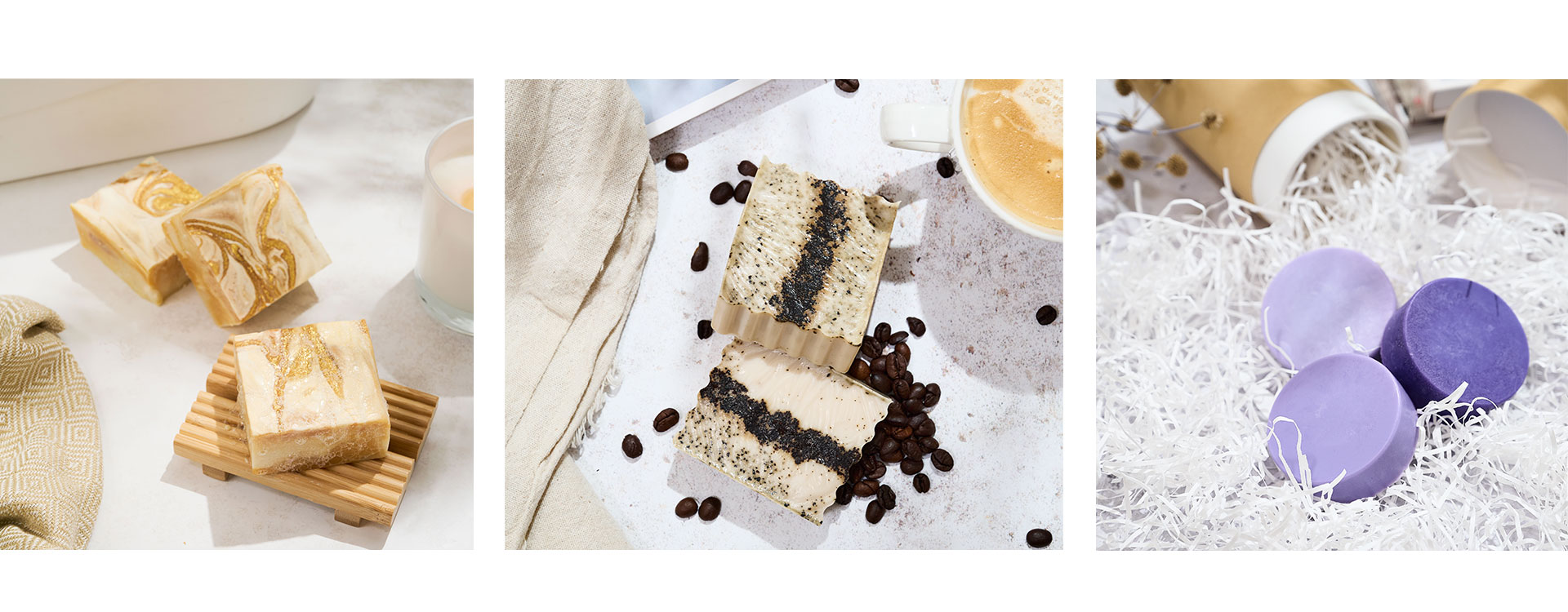


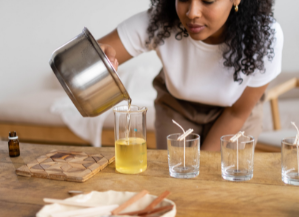
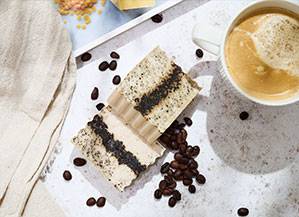
.png)
.png)

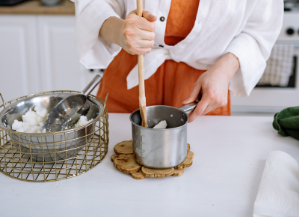

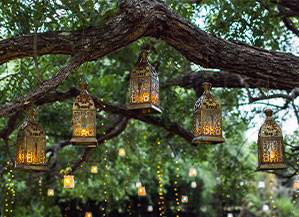


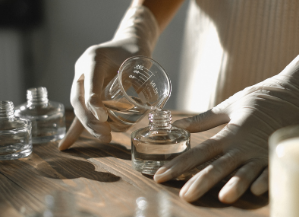
.png)